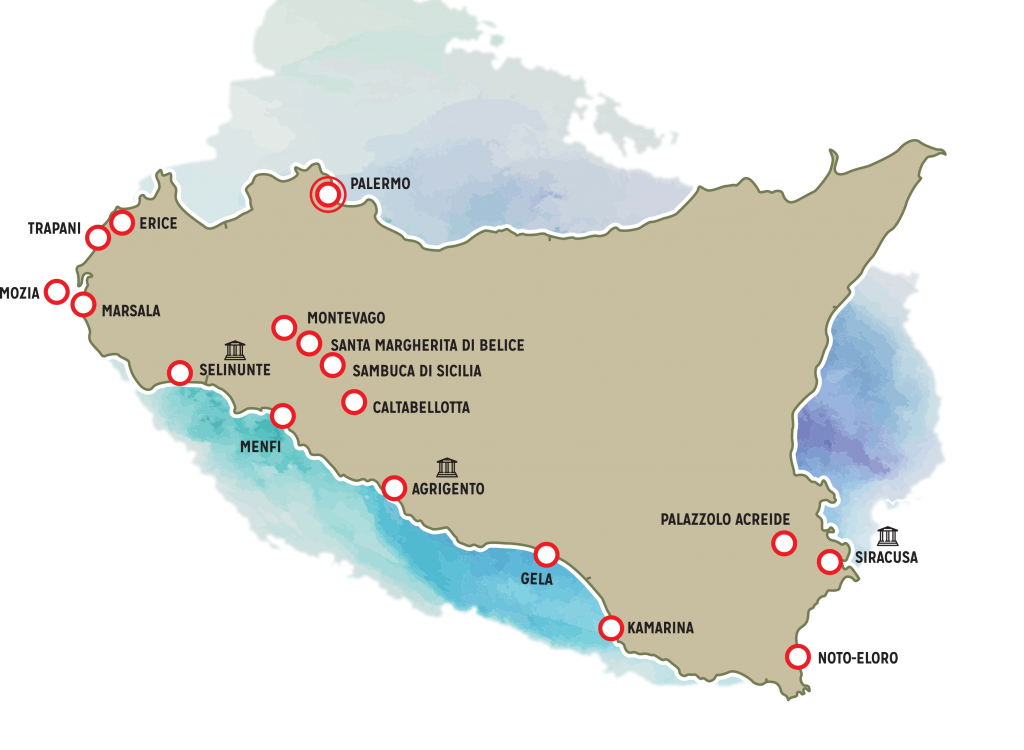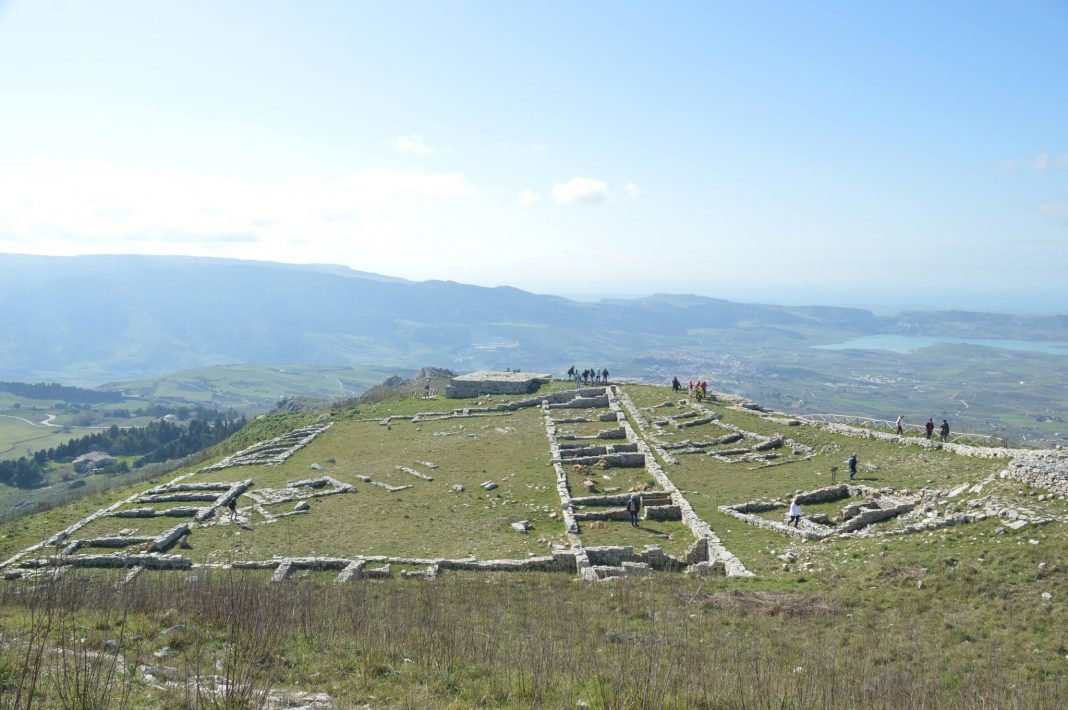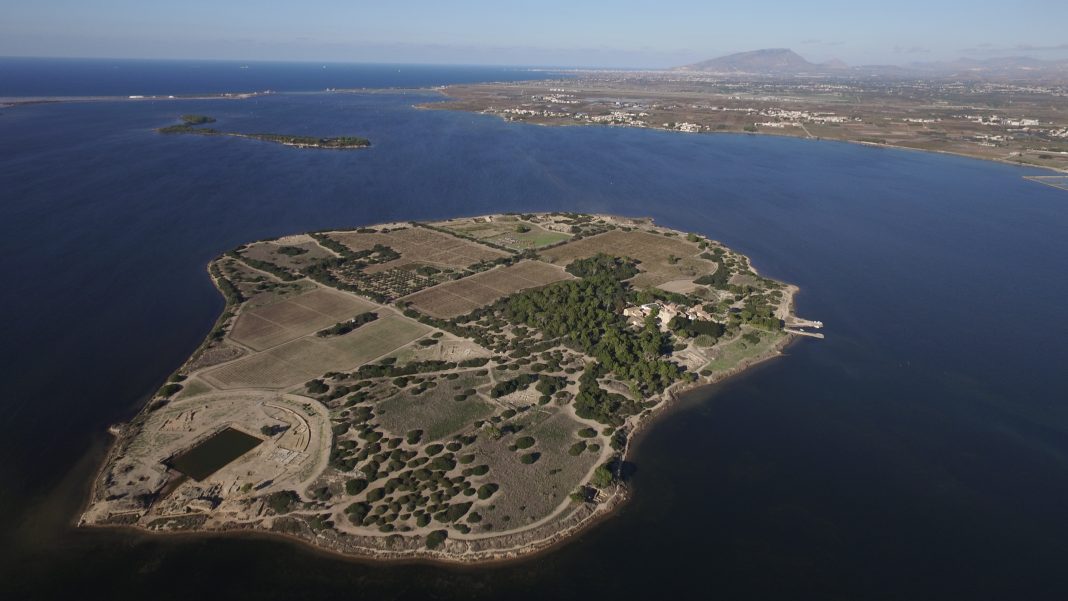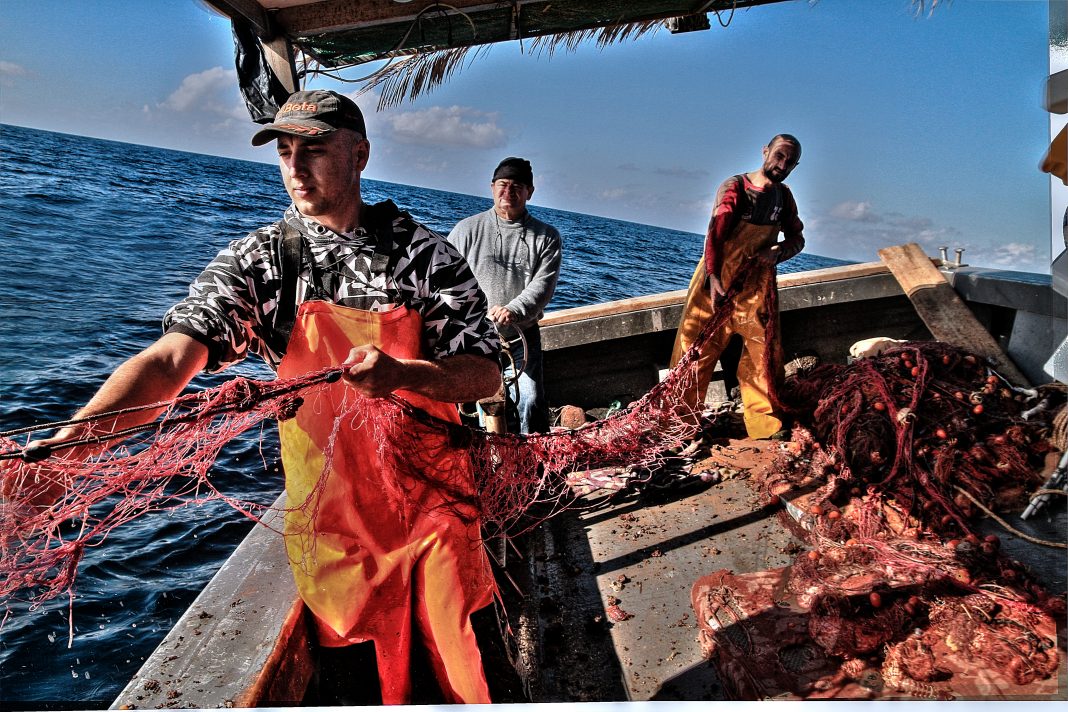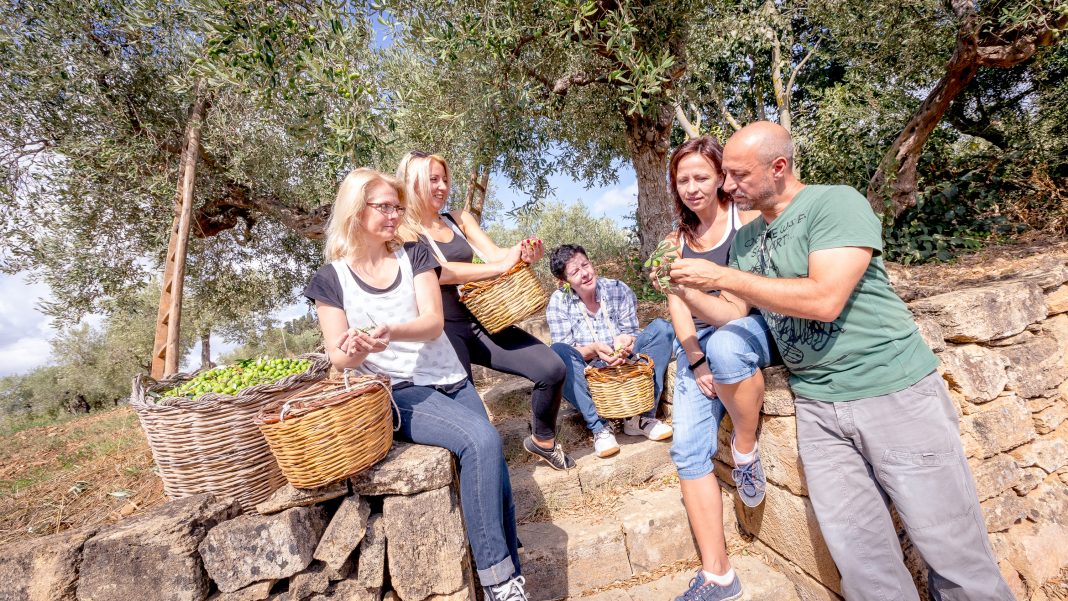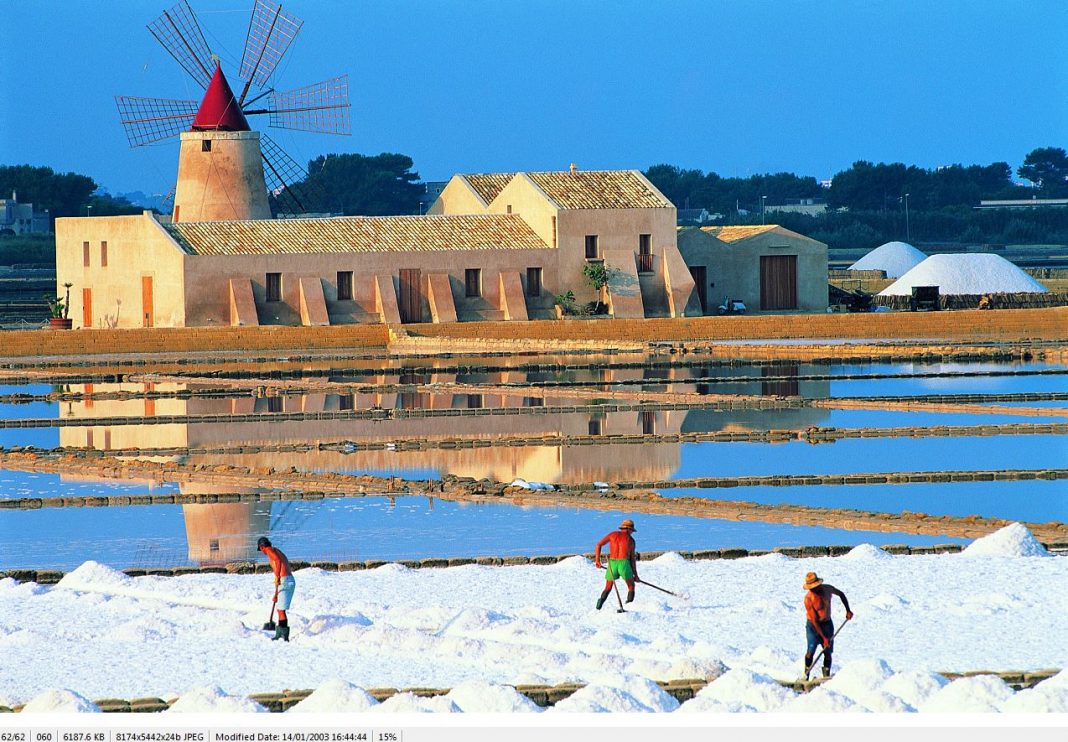
The Greeks of the Western world realized an arterial road along Sicilian coast, so as to connect the colonies of Akrai and Kasmenai, going on to Camarina, Gela, Agrigento up to Selinunte. The Via Selinuntina is named after it. Afterward, the Romans extended the route to Lilibeo (today’s Marsala) and Erice. The 115 state road re-traces this route as heir of the Antica Via Selinuntina and the Phoenicians’ Route offer it as a Sicilian original tour among archaeological sites, UNESCO sites, art cities, areas of environmental and landscape value. The journey begins from Syracuse, the most important city of Greek Sicily. Its centre is Ortygia, located on the homonymous island and extraordinarily rich in monuments: among them, the Temple of Apollo and, overlooking one of the most evocative squares of Italy, the Cathedral of Syracuse, with baroque and rococo exterior, built incorporating the Temple of Athena in the current church. Nearby, the Fountain of Arethusa, body of water that flows into the Grand Port of Syracuse and takes its name from the myth of the nymph Arethusa and her lover Alpheus.
Ortygia, along with the Neapolis Archaeological Park, is UNESCO World Heritage Site, which contains most of the remains of ancient Syracuse. Among them, the Theatre, the Temple of Apollo, the Altar of Hieron, the Roman amphitheatre, the Latomìe del Paradiso and di Santa Venera, ancient stone quarries surrounded by orange and secular trees enclosing suggestive caves such as the Grotta dei Cordari, Grotta del Salnitro and the Ear of Dionysius. Mighty walls converged from the sea to the hinterland in the Euryalus Fortress, located in Belvedere hamlet, a masterpiece of military architecture built between 402 and 397 BC.
From Syracuse, we can imagine a detour along the Via Elorina, heading south, to visit Helorus, near Noto, with its Baroque palaces – UNESCO World Heritage Site. Helorus’ archaeology presents a wide sacred area, numerous temples and the Koreion, a sanctuary dedicated to Demeter and Kore. Following the Via Selinuntina, instead, we move inland towards the modern Palazzolo Acreide, where Akrai rose, founded by the Syracusans in 664 BC. Here we find the theatre, the bouleuterion and the acropolis with the foundation stones of the Temple of Aphrodite and yet the Santoni, a rocky sanctuary consecrated to the cult of the goddess Cybele. There are also the remains of Porta Selinuntina, a tangible sign of the road that connected to Kasmenai and Camarina.
Nest step of the Smart Way lead us to the western coast, to Gela, the ancient Geloi, one of the largest Greek colonies in Sicily. The city developed on the hill whose eastern end, today called Molino a Vento, was the seat of the acropolis: next to it, Gela Archaeological Museum provides documentary evidences of the ancient history of the area from prehistory to the medieval age.
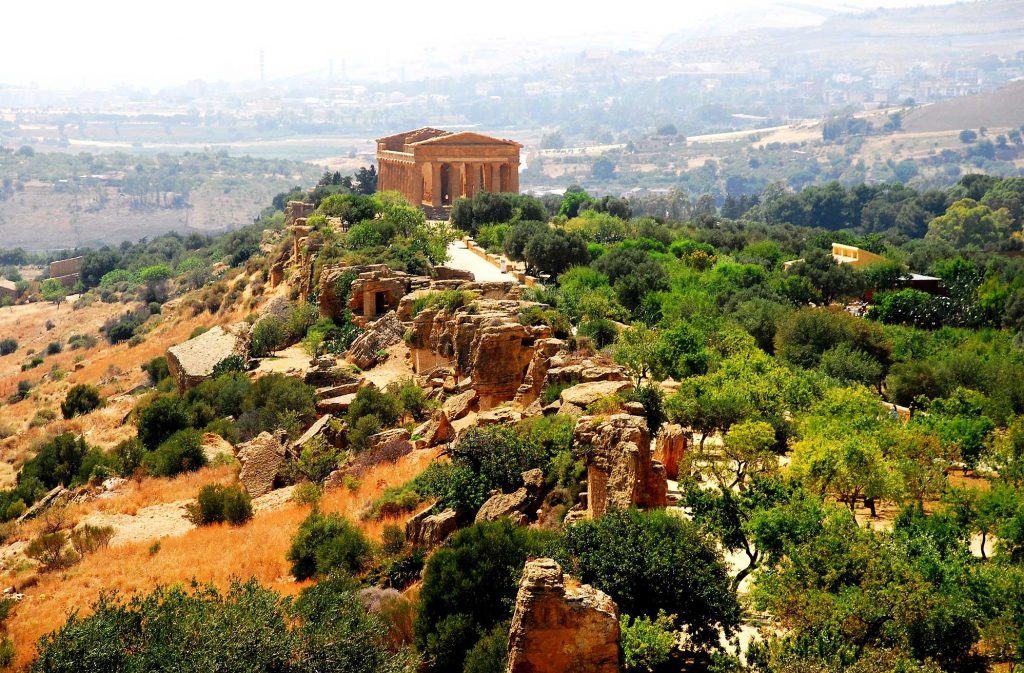
Driving alongside the sea towards north, Akragas, the medieval Girgenti and modern Agrigento: one of the most important Mediterranean poleis. The Archaeological Park Valle dei Templi – among the most visited cultural sites in Italy – is divided into several areas. A walk connects the Temple of Juno to the Temple of Concordia and the Temple of Heracles. The Temple of Concordia, the best-preserved Doric temple, was converted into a Christian basilica in the VI century and dedicated to the apostles Peter and Paul. The Temple of Olympian Zeus and the Temple of the Dioscuri follow, together with the sacred area consecrated to the cult of the Chthonic deities (Demeter and Kore); in the end, the Colimbetra and the Temple of Hephaestus (Vulcan). The Temple of Olympian Zeus is characterized by colossal dimension and a sequence of huge sculptures (the Telamones) on the external wall, in between the columns. After the Archaeological site of Heraclea Minoa, with its evocative Theatre, the next stop is Menfi.
A Punic-Roman wreck has been found in the nearby seaboard of Porto Palo, now housed in the Palazzo Pignatelli, where there is also an Interpretation Centre of the Phoenicians’ Route. Sambuca di Sicilia awaits us about twenty kilometres inland, one of the “Borghi più Belli d’Italia”, with its Saracen district and the archaeological site of Monte Adranone; the archaeological museum set up in the seventeenth-century Palazzo Panitteri is worth a visit, and there you can also find an Interpretation Centre of the Phoenicians’ Route.
Selinunte is another great Mediterranean city of antiquity and owes its name to selinon, a wild parsley growing near the mouth of the river Modione. Thanks to its position, it developed fruitful trade especially with the Punics living in the western part of Sicily and in nearby Carthage. Involved in the hostilities among the Greeks and between the Greeks and the Punics, it was destroyed by the Carthaginians in 409 BC. The city was reduced to its Acropolis, protected by walls inspired by the Euryalus Fortress of Syracuse, and became an important Punic commercial port. The dimension of the Archaeological Park of Selinunte, Cave di Cusa and Pantelleria, its urban structure and the numerous temples testify the lost grandeur. The Temples on the Acropolis, the ones on the Eastern Hill, including the Temple E rebuilt in 1956 and the unfinished Temple G – one of the largest in the ancient world – are worth a visit. At about twelve kilometres, there are the Cave di Cusa, a unique example of open-air quarries abandoned during processing: a succession of capitals, columns and pieces extracted from the calcarenite bench and abandoned in the various stages of processing and transport.
We head to Marsala (from the Arab Mars Allah, “God’s harbour”), known worldwide for its fortified wine to be tasted at Palazzo Fici, home of the Marsala Doc Wine Route. Ancient Lilybaeum was founded by the Phoenicians. Its history is illustrated in the Baglio Anselmi Archaeological Museum, where the wreckage of a Punic warship can be visited. Here is the westernmost tip of Sicily: Capo Boeo or Lilibeo. From here, you can see the splendid Island of Mozia in the centre of the Stagnone Lagoon: it is the only Phoenician city preserved to this day, which can be reached by boat from the historic pier. Walking along the paths of the island is a journey back in time between ancient buildings and places: the Cothon, the Tophet, the Sanctuaries and the North Gate; the Whitaker Museum as well, with the statue of the Mozia Charioteer (or young man from Mozia), dating back to the V century BC. The white salt pans surrounding the island and extending up to Trapani dominate the landscape, telling the ancient tradition of salt extraction from sea water: an evocative environment that is home to rare species such as the pink flamingo. A timeless landscape dominated by Mount San Giuliano and the medieval town of Erice, another important Phoenician centre, as evidenced by the remains of ancient Elymian and Phoenician walls and the Temple of Astarte, on whose ruins the Norman castle stands. To understand the treasure chest of handicrafts that welcomes us, you just have to wander around its narrow streets: from ceramics to rugs and exquisite conventual pastry.

